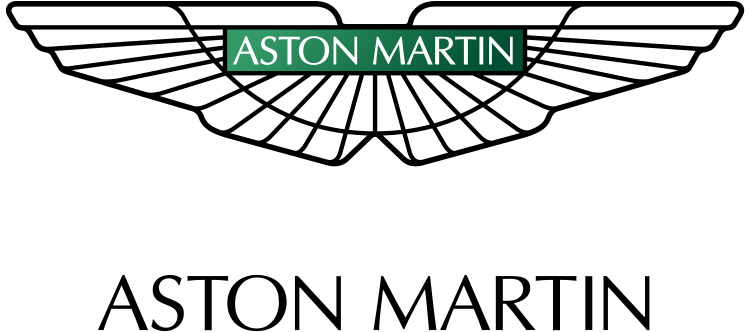
Aston Martin DB7GT
Some background pilfered from various sites on the web about Aston Martin...
Born in England, Aston Martin makes cars that place equal emphasis on high-thrill performance and discreet British elegance. The manufacturer's lineup is small and highly specialized; you'll only find sports cars on the Aston Martin roster. Still, the brand has made an incredible name for itself, and is known worldwide as a purveyor of sleek, top-of-the-line, road-hugging machinery.
Founders Lionel Martin and Robert Bamford started Aston Martin in 1914. The two had seen some success selling Singer racing cars, but wanted to craft their own vehicles, with an emphasis on sophistication and refinement. The brand took its name from co-founder Martin and the Aston Clinton Hill Climb, where the duo's Singer cars had competed.
Originally, Aston Martin was known chiefly in racing circles. By the 1920s, the brand had made its first appearance overseas, participating in the French Grand Prix; it also participated in the Le Mans 24-hour race. The marque saw its share of financial difficulties during the '20s and '30s, undergoing numerous changes in ownership. Still, it made a name for itself with popular racing cars like the streamlined 1934 Ulster.
The postwar years saw the brand change hands once again. Aston Martin was sold to David Brown, an industrialist with a successful tractor company. After purchasing the company in 1947, he set his sights on developing new models. The first was the DB1 (named after his own initials), introduced in 1948. It was soon followed by the DB2 and DB3.
The 1950s saw Aston Martin establishing itself as a winner on the track, with the DB2 placing in its class at Le Mans. As the decade drew to a close, the brand had launched yet another model -- the DB4 -- and scored wins at the World Sports Car Championship, the Nürburgring and the RAC Tourist Trophy.
During the 1960s, Aston Martin began production on the DB5. The low-slung coupe looked glamorous enough to be in the movies, and soon it was; the DB5 was the vehicle of choice for Sean Connery's James Bond in 1964's Goldfinger. By the time the '60s came to a close, the Aston Martin family had grown to include the DB6 (which stands as the first four-seater produced by the marque) and DBS V8.
The 1970s were a rough decade for Aston Martin. The brand was sold by David Brown in 1972, and then once again was passed from owner to owner. Still, a new model, the V8 Vantage, was launched in 1977. Ten years later, Ford Motor Company purchased Aston Martin and invested millions in research and development in hopes of restoring the brand to its former glory.
By the 1990s, Ford's considerable efforts had begun to pay off. The handsome DB7 debuted mid-decade and was a hit with both critics and buyers. Aston Martin's fortunes continued to soar in the 2000s, with the launch of the successful V12 Vanquish, the DB9 and the V8 Vantage. Still, subsequent financial trouble at Ford led to the sale of Aston Martin in 2007 to a group of investors, which include a pair of Kuwaiti investment companies.
V12 GT and GTA
In 2002, a new variant was launched, named V12 GT or V12 GTA when equipped with an automatic transmission. It was essentially an improved version of the Vantage, its V12 engine producing 435 bhp (324 kW; 441 PS) and 410 lb·ft (560 N·m) of torque. Aesthetically, compared to the Vantage it has a mesh front grille, vents in the bonnet (hood), a boot (trunk) spoiler, an aluminium gear lever, optional carbon fibre trim and new wheels. It also has 355 mm (14.0 in) front and 330 mm (13.0 in) rear vented disc brakes made by Brembo. When being tested by Jeremy Clarkson on Top Gear in 2003, he demonstrated the car's ability to pull away in fourth gear and continue until it hit the rev limiter at a speedometer indicated 135 mph (217 km/h).
Aston's recent models include the exotic DBS (a more muscular version of the DB9), the four-door, four-seat Rapide, the Virage (which slots in between the DB9 and DBS) and a pair of ultra-low-production sports cars — the V12 Zagato (named after the design house that penned its body) and the One-77 (only 77 produced with a price of nearly $2 million each). As you'd guess by now, the current Aston Martin lineup comprises some of the world's most desirable cars.
 |
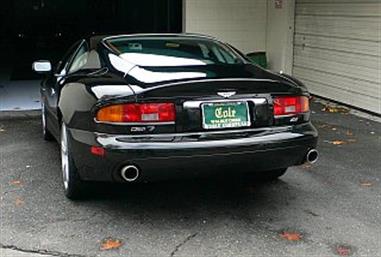 |
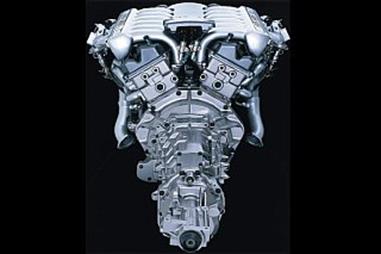 |
| Aston Martin DB7GT |
Aston Martin DB7GT Rear |
Aston Martin DB7GT V12 Engine |
 |
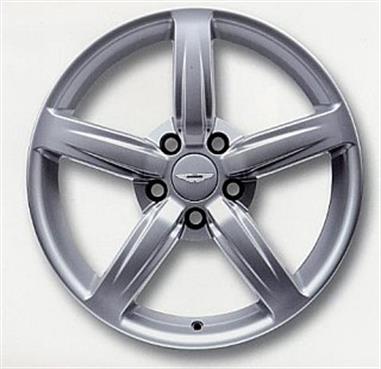 |
 |
| Aston Martin DB7GT Interior |
Aston Martin DB7GT Rim |
Aston Martin DB7GT Side View |
 |
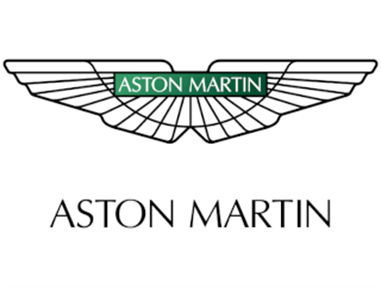 |
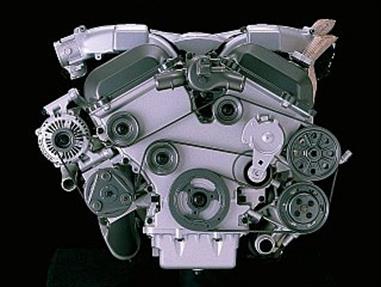 |
| Aston Martin DB7GT Snout |
Aston Martin Logo |
Aston Martin DB7GT V12 Engine Front |
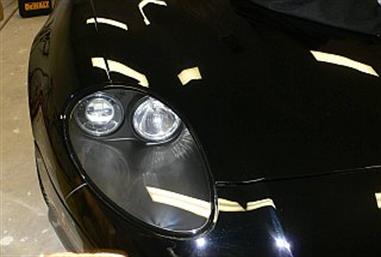 |
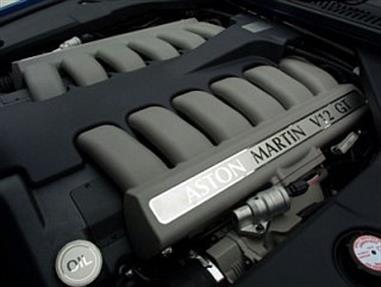 |
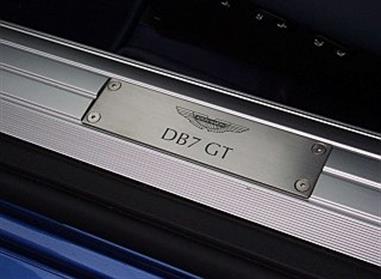 |
| Aston Martin DB7GT Headlamp |
Aston Martin DB7GT V12 Engine Top |
Aston Martin DB7GT V12 Sill Plate |


